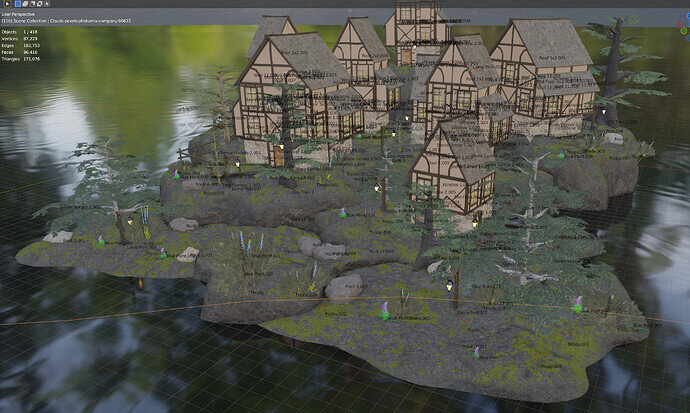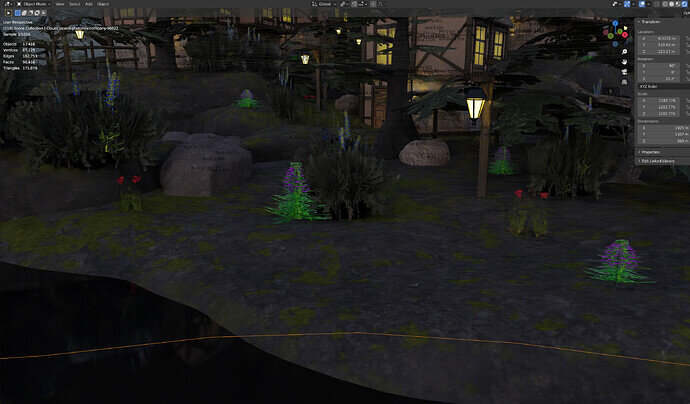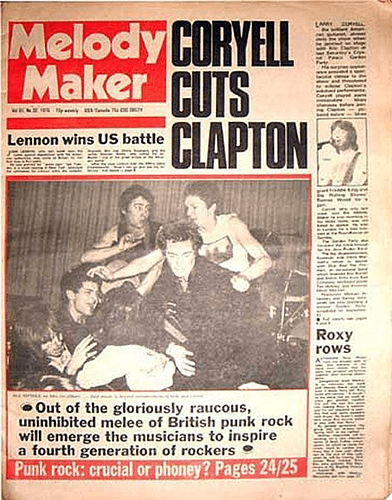Thanks for the screen shots. It is nice to see some of the “behind the scene” shots and perspectives, as well as meshes that were not so visible. I could better see the variety of plant life you created.
To @b4t54ndw1ch -
I brought out my old nifty 1957 Oxford Dictionary, Unabridged, for our discussion:
My findings for what it is worth
The Usage that you give is relatively new I think, for it does not have it in here- the context deals not with inmates, but still I will not mention it. It is a 1596 rare/obsolete meaning- around Shakespears time.
But in the U.S., around 1707 we see this: Rotten wood or fungus growing on wood, used in a dry state for tinder.
Considering the original context however, while the contations are nothing inspiring, it would seem to be saying something like “steampunk” or “desal-punk” “illicit or unlawful union of themes”- hence Steampunk takes a victorian theme and a fantasy scifi-theme. If you notice, often these genre’s offer lots of grit to them in some manner or way.
Regardless, leave it to the 70’s to come up with strange things.
@NP5, it would seem to me that we already have designations for these sort of things to some degree.
An academically unsound study on the word "Fantasy", a time-line, and application of our findings to NP5 's vase scenario.
First of all, anything that is not real is fiction. Anything in the past if based off of reality is historic fiction, if not, then it is some form of Fantasy. There is also High and low fantasy, High and low magic fantasy. High fantasy deals with great Hero’s, sweeping stories, huge battles, and direct involvement of Deities (often, not always). Myths tend to deal more directly on the activities of deities in a time before men and man’s early years. Epics about those of great heroes who were in the early days (they don’t make them like they used to) and many still had direct contact with the gods, and the gods were interested in their affairs. These seem to have a certain logic to them.
Legends seem to be inbetween high and low fantasy- as it can have elements of both, or tend to one or the other. These stories typically seem to be stories based off of historically certain people or events wrapped up in unlikely events (sometimes “epic” sometimes fairy tale like). They can deal with deities, or God- depending if pagan or Christian in origin, but they seem to be a early medieval (in western culture) and onward.
Low fantasy tends to be about ordinary people in strange events (fairy tale) or extraordinary animals doing rather mundane things (Fables- Aesop’s fables as an example). They don’t necessarily make logical sense, having some obvious deviation from the natural in order to emphasize something, good or evil. They appear more symbolic in nature and not concerned with historic accuracy. They are not typically long works.
Based on the above names we have a sort of timeline that I have arbitrarily imposed upon them.
High-Fantasy:
Myth: pre-man to early man
Epic: High men and gods working together
In-between (depends on context):
Legend: historic men invovled in fantastical things (often early medieval at this point)
Low-Fantasy:
Fable: timeless, but seems to be ancient historic to early medieval.
Fairy Tale: Depending, but often medieval in origin, but usually early to mid I would think. Some extend over into the Victorian era, or write about that era- I think Chronicles of Narnia might be considered a Fairy tale. The Hobbit would be earlier since it was in a time before the time of men. So pre-medieval or early medieval.
Medieval Punk:
Any Modern Fantasy book… 
Thus if the pot was “Epic” or “Mythical”, we would be placing the pot before the medieval era. But if it were a “fabled” Pot, it makes it old, but not necessarily pre-medival. It could be “legendary” as well.
Or we could simply say a fantasy pot- as fantasy tends to suggest medieval tones to most people today.
If someone is trying to sell the pot as a legitimate work from a specific medieval era- we call the pot, and it’s creator, “Frauds”. 




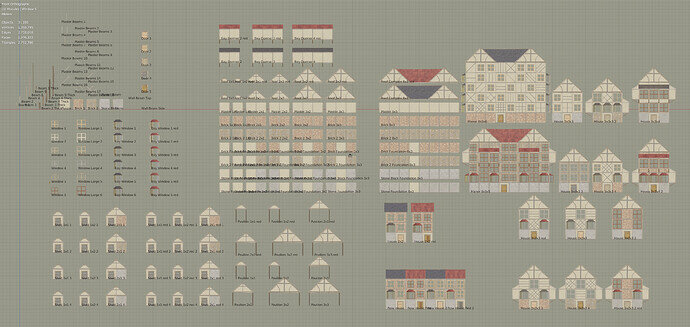

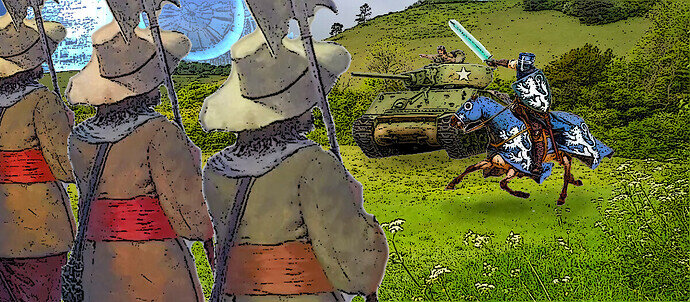
 …it needs more robots…and some ninjas.
…it needs more robots…and some ninjas.



